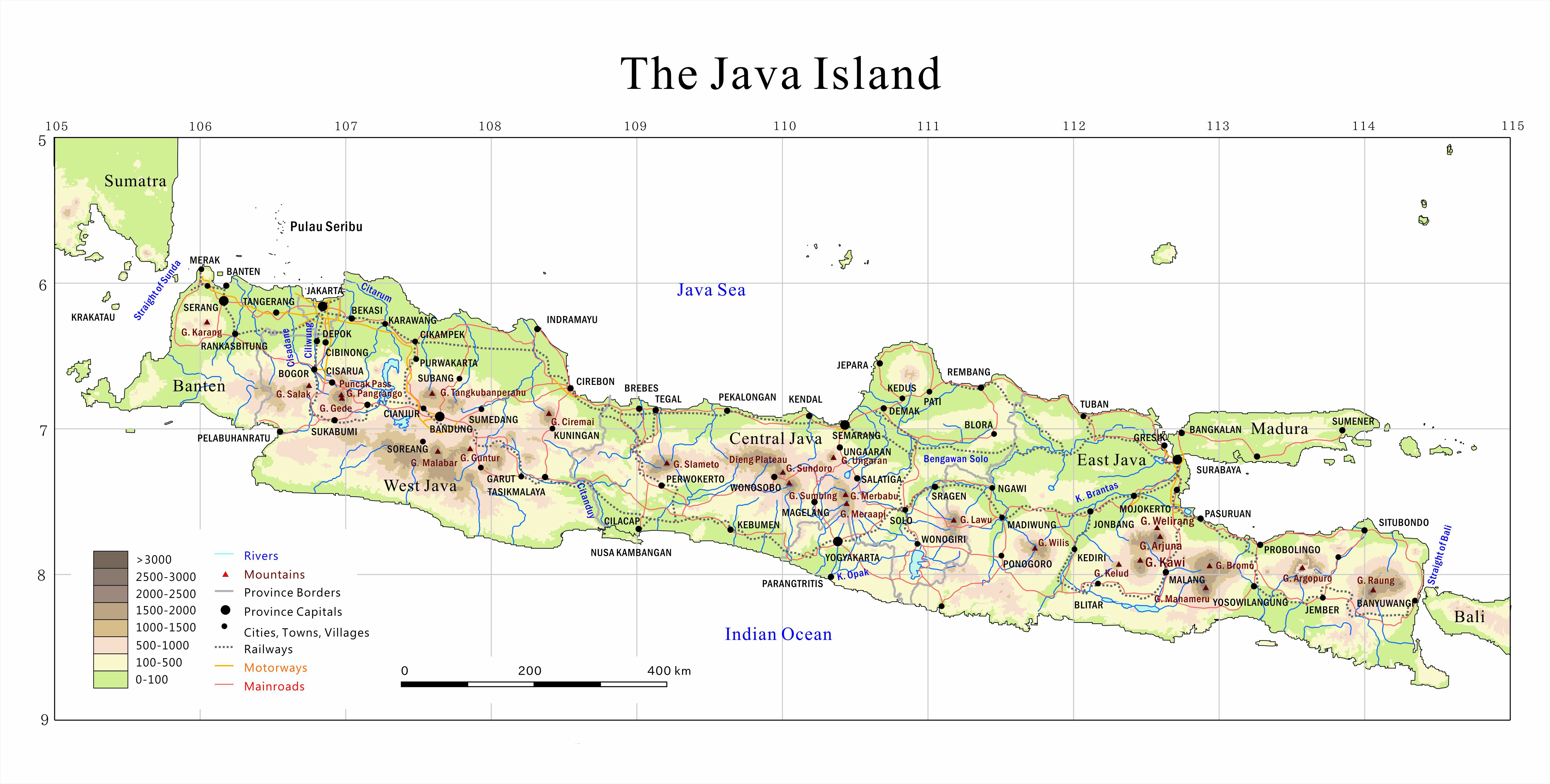

This method provides a collection-view of the values in the map. 1.1 Simple Java example to convert a list of Strings to upper case.

Returns a collection containing the values in the map. In Java 8, stream ().map () lets you convert an object to something else. Returns the number of key/value pairs in the map.

Puts all the entries from m into this map. Otherwise, the previous value linked to the key is returned.

Returns null if the key did not already exist. The key and value are k and v, respectively. Puts an entry in the invoking map, overwriting any previous value associated with the key. This method provides a set-view of the keys in the invoking map. Maps have a different structure, with a mapping from keys to values, without sequence. The principal thing to notice is that Streams are sequences of elements which can be easily obtained from a Collection.
#Java map how to
Returns a Set that contains the keys in the invoking map. Learn how to combine Java Maps and Streams. Returns true if the invoking map is empty. That's a comprehensive and great detailed tutorial about Java map.
#Java map code
Returns the hash code for the invoking map. Other Java Collections Tutorials: Java Set Collection Tutorial and Examples Java List Collection Tutorial and Examples Java Queue Collection Tutorial and Examples 18 Java Collections and Generics Best Practices. Returns the value associated with the key k. Returns true if obj is a Map and contains the same entries. The set contains objects of type Map.Entry. Returns a Set that contains the entries in the map. Returns true if the map contains v as a value. This Java Map tutorial explains the the basics of using a Map in Java, as wel. Returns true if the invoking map contains k as a key. The Java Map interface represents a collection that contains key + value pairs. The Map interface acts similar to Collections but a bit different from the rest of the collection types. The Map interface is not a subtype of the Collection interface. The Map interface is based on key value pair. Removes all key/value pairs from the invoking map. Java Map is a part of collections framework. Several methods throw a NoSuchElementException when no items exist in the invoking map.Ī ClassCastException is thrown when an object is incompatible with the elements in a map.Ī NullPointerException is thrown if an attempt is made to use a null object and null is not allowed in the map.Īn UnsupportedOperationException is thrown when an attempt is made to change an unmodifiable map. After the value is stored, you can retrieve it by using its key. Map utilise hashCode and equals methods on Key for get and put. For example, HashMap doesn’t guarantee the order of mappings but TreeMap does. Map doesn’t guarantee order of mappings, however it depends on the implementation. In this tutorial, well go over how to get the Keys and Values of a map in Java. Map provides three collection views set of keys, set of key-value mappings and collection of values. The insert and lookup time is a constant O(1). Aside from key-value mapping, its used in code that requires frequest insertions, updates and lookups. Given a key and a value, you can store the value in a Map object. In Java, the most popular Map implementation is the HashMap class. A key is an object that you use to retrieve a value at a later date. The Map interface maps unique keys to values.


 0 kommentar(er)
0 kommentar(er)
